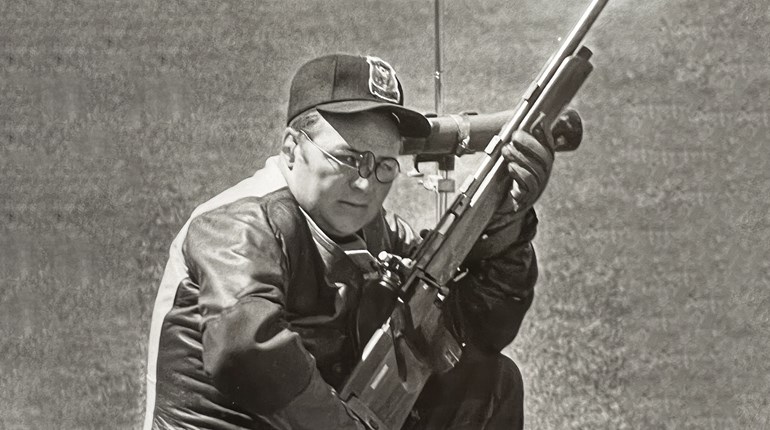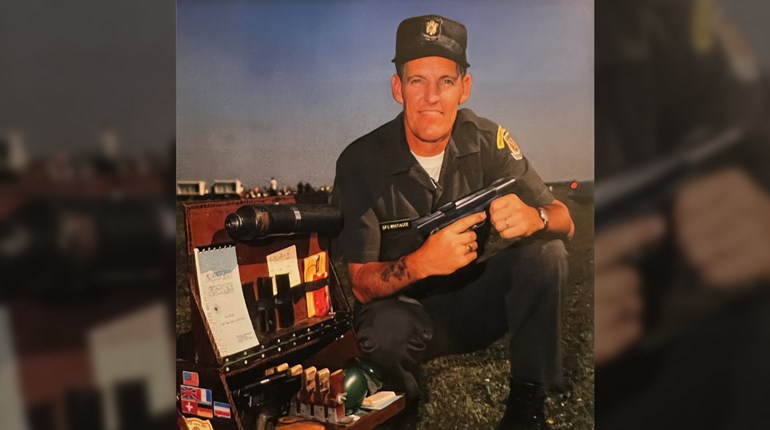
It came in the middle of the night, beginning with a loud grating, grinding, groaning noise deep within the earth. Only seconds later the ground began to shake and heave violently. Many believed the world was coming to an end, and for untold numbers of people it did. Houses and barns collapsed, crushing and killing their occupants. Those that survived—both people and animals—ran panicked and screaming into the night, only to be swallowed up by giant fissures that split the ground then suddenly closed again.
Such was the New Madrid (pronounced MAD-rid) earthquake of December 16, 1811, the largest earthquake to ever occur in North America east of the Rockies during recorded history. The quake was so powerful that it was felt over 50,000 square miles. To the north, the Great Lakes sloshed back and forth as if a giant, unseen hand was stirring the waters. In Tennessee the land suddenly sunk, creating modern-day Reelfoot Lake. The Mississippi River even reversed its flow, running backwards for a short time.
The giant earthquake was eventually named for the Mississippi River town of New Madrid, which it destroyed. At the time the town was part of the Louisiana Territory, but today lies within Missouri, near the state’s boot heel. The quake was believed to have reached 7.5 to 7.9 on the Richter magnitude scale, followed by a 7.4 aftershock later the same day. And severe aftershocks continued for months thereafter, well into 1812, keeping everyone on edge.
In March of 1812, Eliza Bryan of New Madrid wrote the following eyewitness account:
On the 16th of December, 1811, about two o'clock a.m., we were visited by a violent shock of an earthquake, accompanied by a very awful noise resembling loud but distant thunder, but more hoarse and vibrating, which was followed in a few minutes by the complete saturation of the atmosphere with sulphurious vapor, causing total darkness. The screams of the affrighted inhabitants running to and fro, not knowing where to go, or what to do—the cries of the fowls and beasts of every species—the cracking of trees falling, and the roaring of the Mississippi…formed a scene truly horrible.
Seismologists say that earthquakes are impossible to predict, yet some historians claim the famous Shawnee Indian leader Tecumseh (1768-1813) not only accurately foretold the New Madrid earthquake but used it as a great sign to motivate his followers. At the time, Tecumseh was painstakingly building a coalition of various Indian tribes in an attempt to one day push the encroaching white population back east across the Appalachian Mountains. For a decade, he had been visiting individual tribes east of the Mississippi, laying out his master plan and asking for their support. What he sought was a promise from the chiefs that they would send their warriors north to him when the great sign appeared. Allan Eckert, in his book The Frontiersmen, explains:
“This great sign that Tecumseh spoke of wherever he went always remained the same. When the period of waiting was over, when tribal unification had been completed, then would this sign be given: In the midst of the night the earth beneath would tremble and roar for a long period. Jugs would break, though there be no one near to touch them. Great trees would fall, though the air be windless. Streams would change their courses to run backwards, and lakes would be swallowed up into the earth and other lakes appear. The bones of every man would tremble with the trembling of the ground and they would not mistake it. There was not anything to compare with it in their lives nor the lives of their fathers or the fathers before them since time began; when this sign came, they were to leave their hunting camps and their villages and join together and move to assemble across the lake river from the fort of Detroit. And on that day they would no longer be Mohawks or Senacas, Oneidas or Onondagas or any other tribe. They would be Indians!”
In October 1811, Tecumseh was making his final recruiting trip through the South when he addressed the Creek tribe with his message. But they refused to help, infuriating the Shawnee warrior. Michael Wallis in his book David Crockett: The Lion of the West, quotes Tecumseh’s response.
“Your blood is white! You do not believe the Great Spirit sent me. You shall believe it. I will leave directly and go straight to Detroit. When I get there I will stamp my foot upon the ground and shake down every house in your village.”
Two months later, the predicted event occurred. President James Madison said he was thrown from his bed in Washington by the initial jolt. The catastrophic quake stopped clocks in Boston and started bells ringing in Virginia. It also flattened every structure in the Creek Indian village.
But the earthquake came a month too late to aid Tecumseh’s confederacy. He had left his younger brother, Tenskwatawa (also known as The Prophet), in charge of his village while he was away, sternly instructing him not to engage the nearby American army—led by William Henry Harrison—until he, Tecumseh, returned with more warriors. But the so-called Prophet was too full of himself to listen. Instead, he told the Indian braves already assembled that he had heard directly from the Great Spirit, and that if they attacked immediately they would be invincible, victorious. The white army’s bullets would simply bounce off.
That’s not how the Battle of Tippecanoe played out. On November 7, 1811, just slightly more than a month before the predicted earthquake occurred, the two armies clashed, resulting in a similar number of casualties on each side, a total of about 400. But when the Indians realized they were being killed and wounded just like the white soldiers, they broke off the fight and abandoned the field. In only two hours Tecumseh’s tribal coalition was broken beyond repair, negating his 10 years of previous effort. He would die two years later, in 1813, during the Battle of the Thames in Canada.
William Henry Harrison, on the other hand, became famous, garnering the nickname “Tippecanoe.” He would ride that nickname into the White House during the presidential election of 1840, using the campaign slogan “Tippecanoe and Tyler Too,” referencing his Whig running mate, John Tyler.
Unfortunately, Harrison died just 31 days into his term, becoming the first president to die in office, and also setting the record for the U.S. President with the shortest tenure. It is believed he died of typhoid, pneumonia or paratyphoid fever.






































